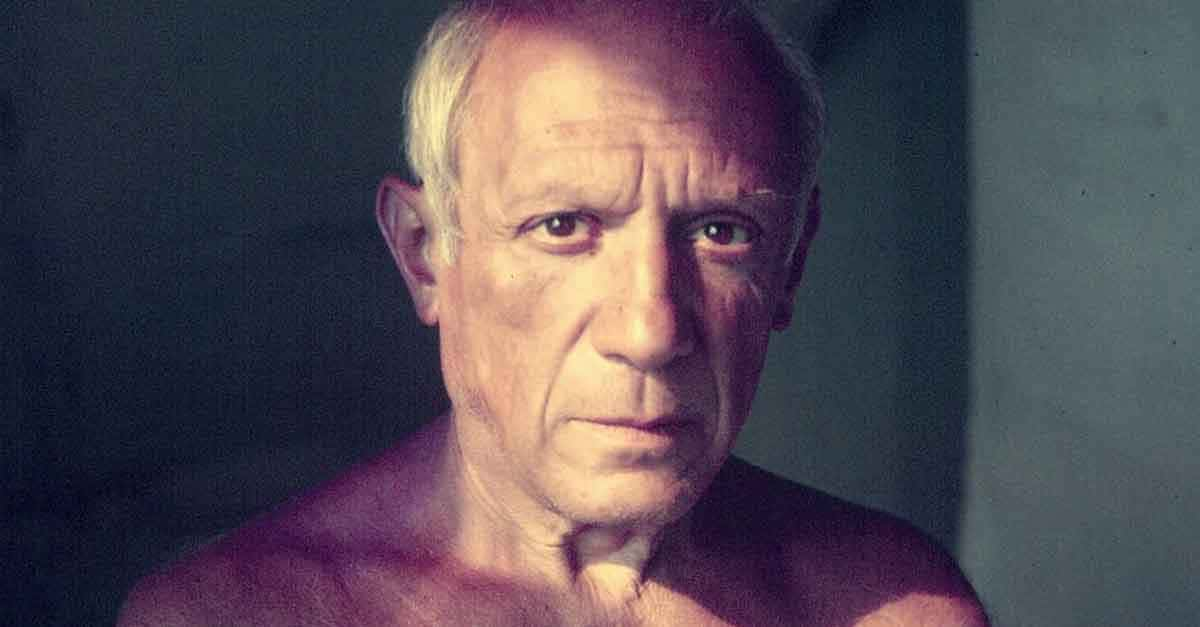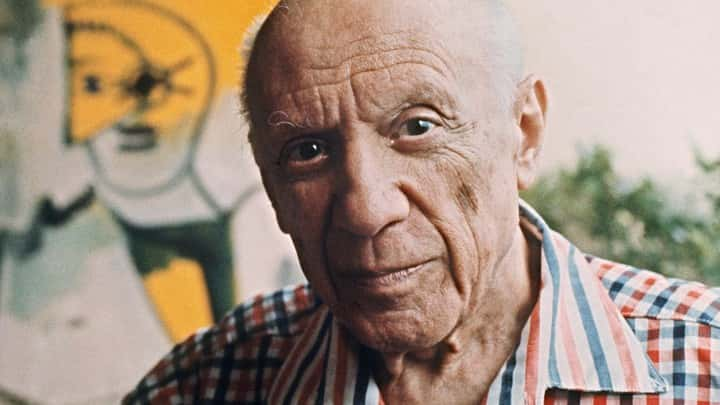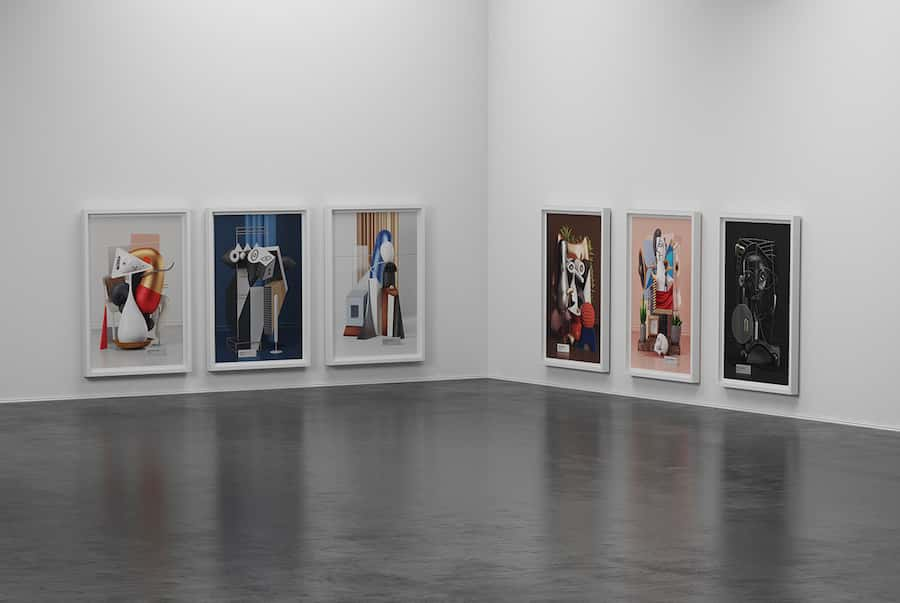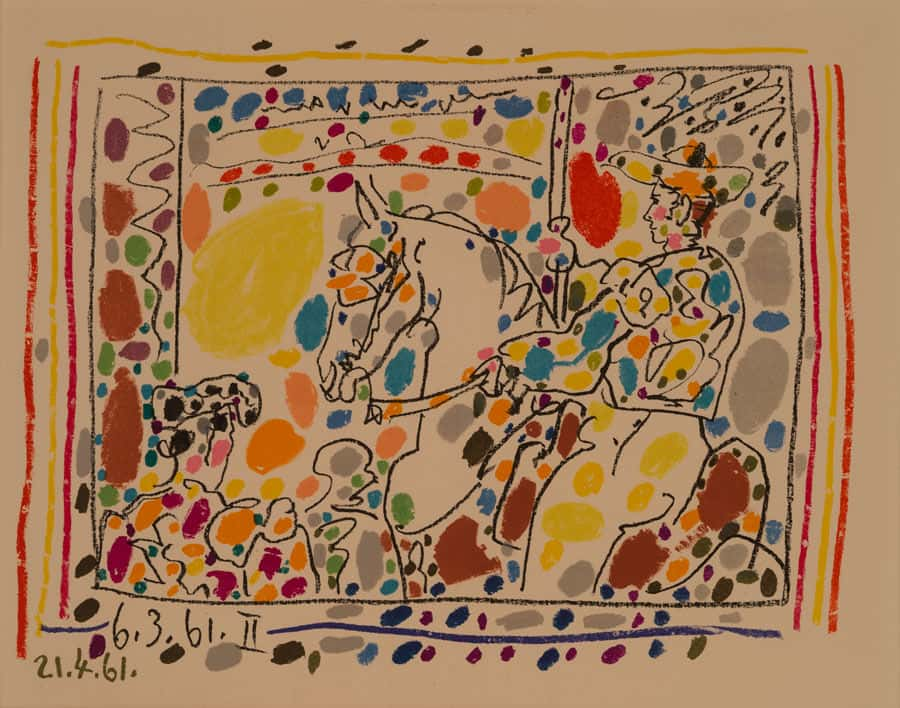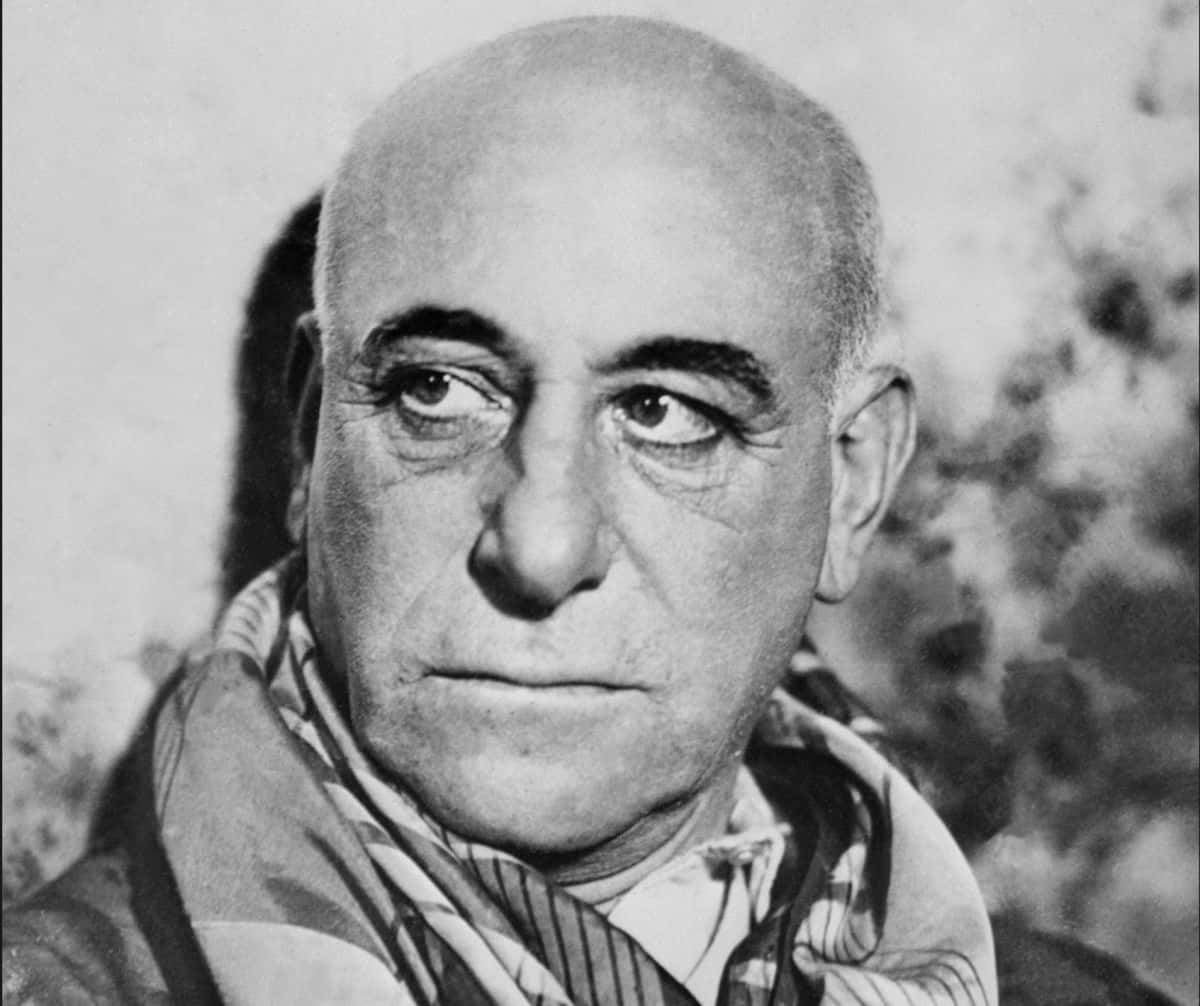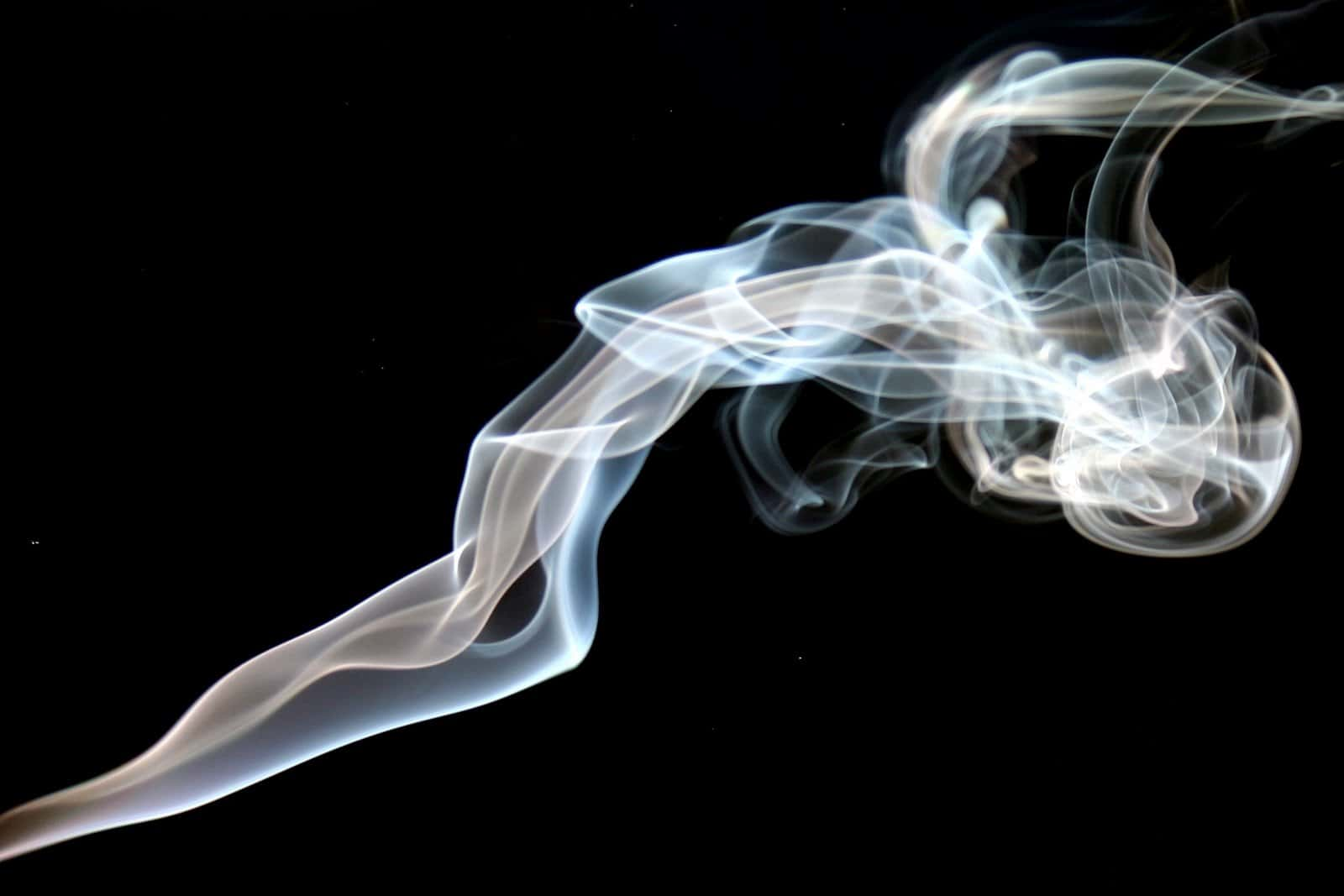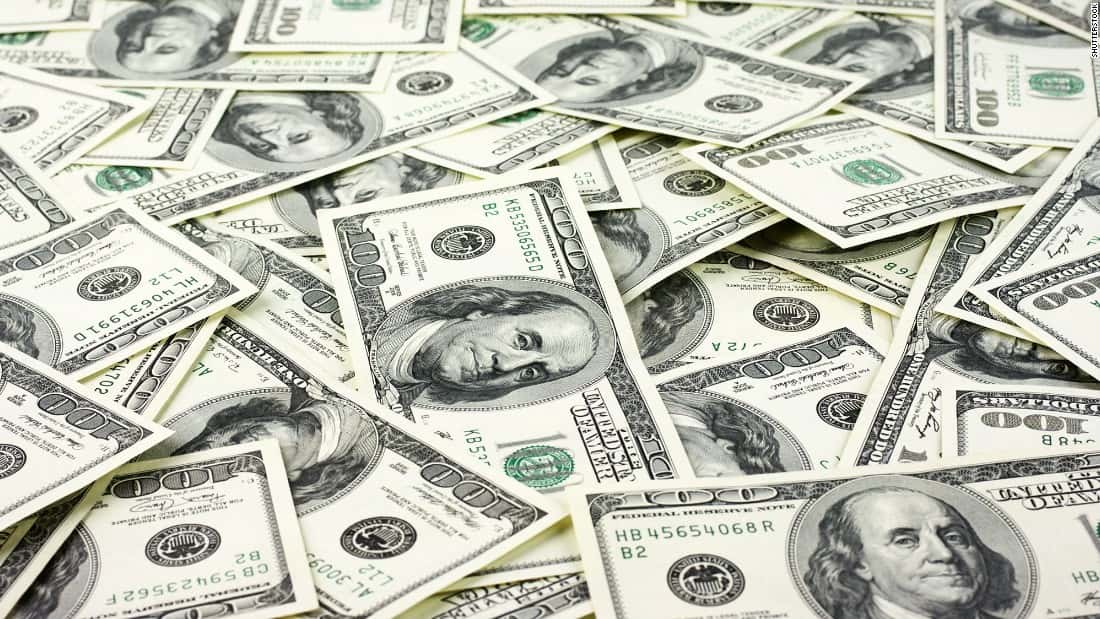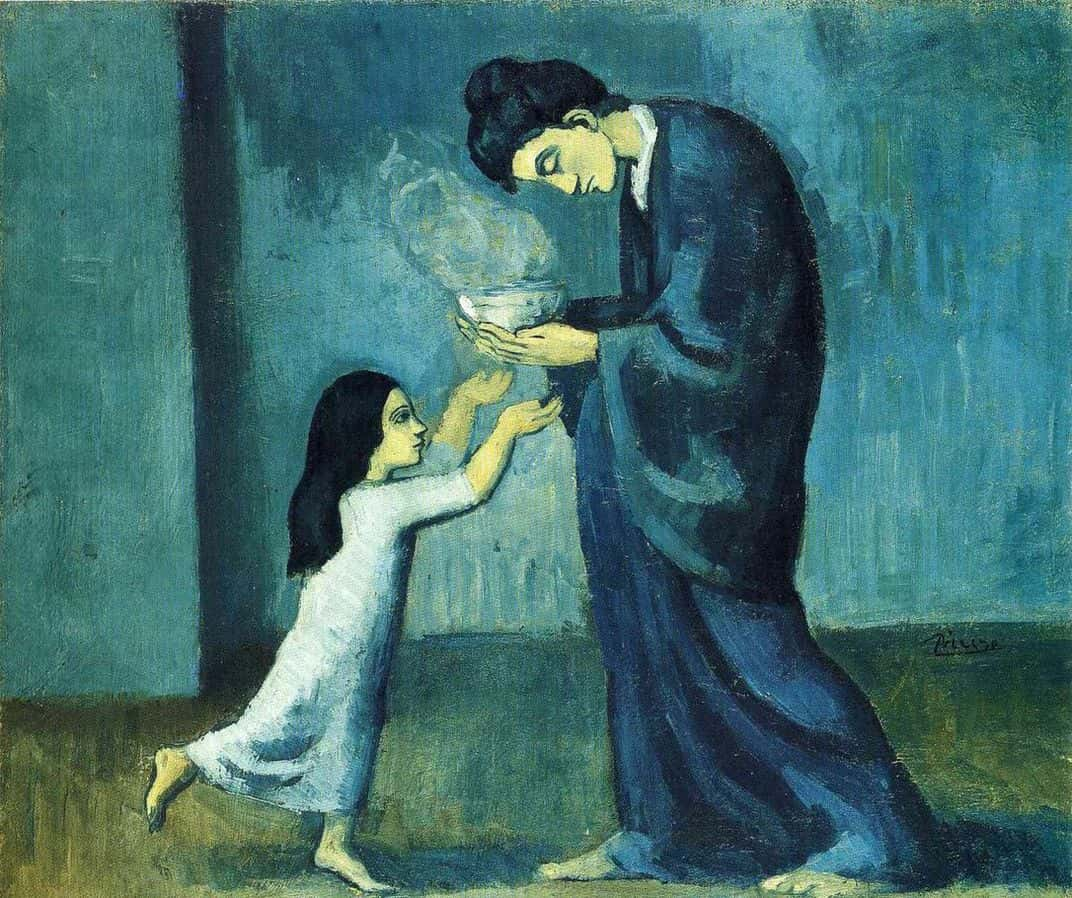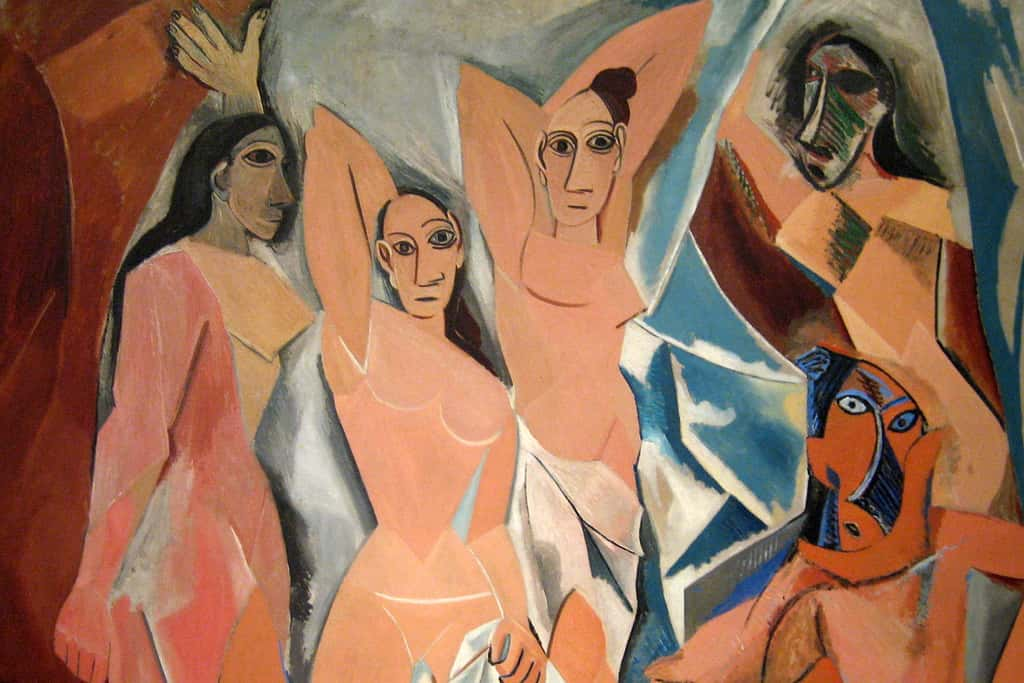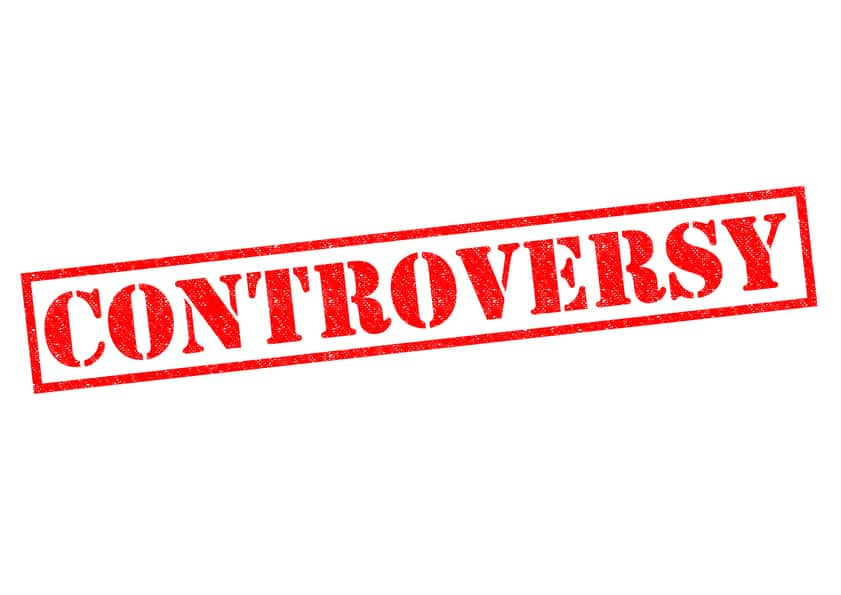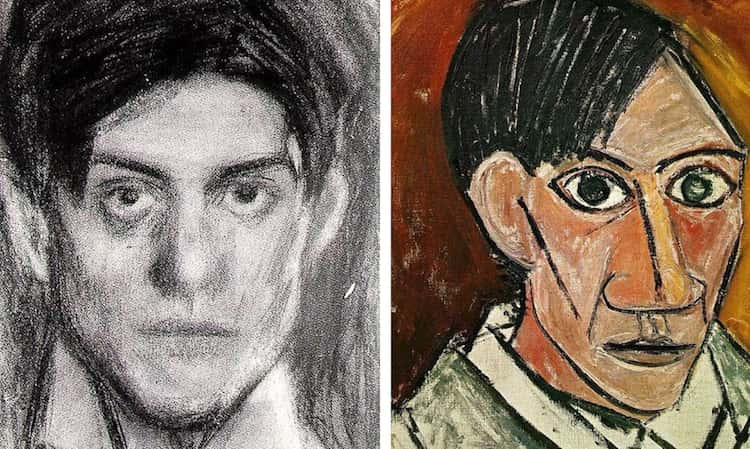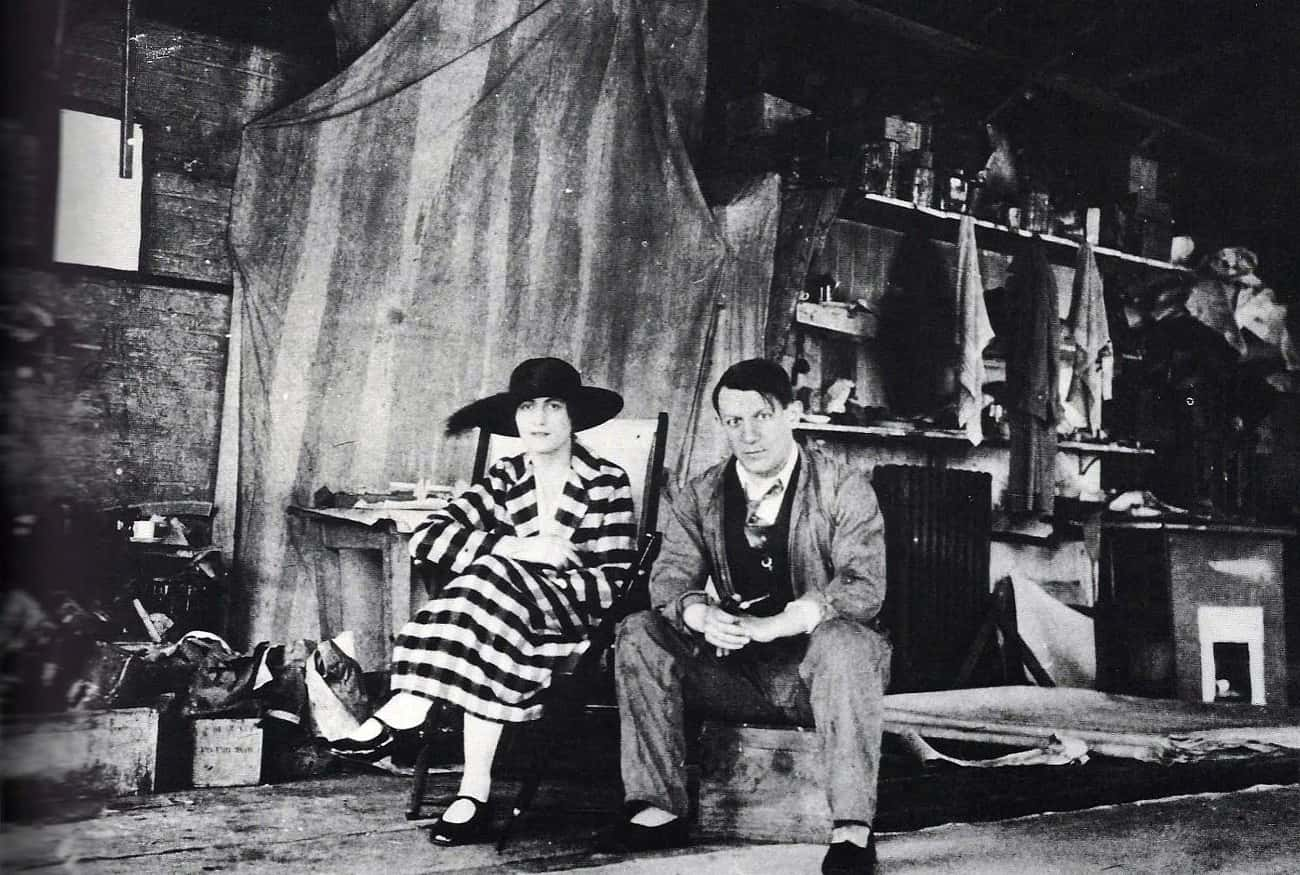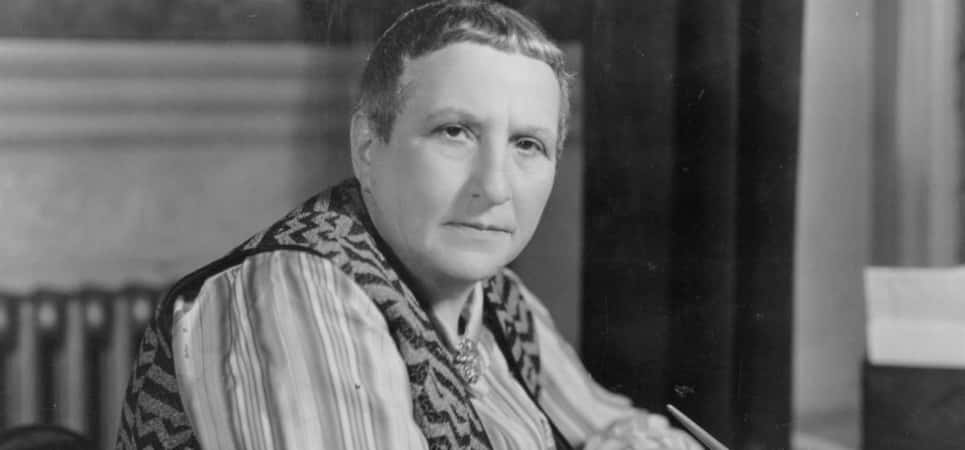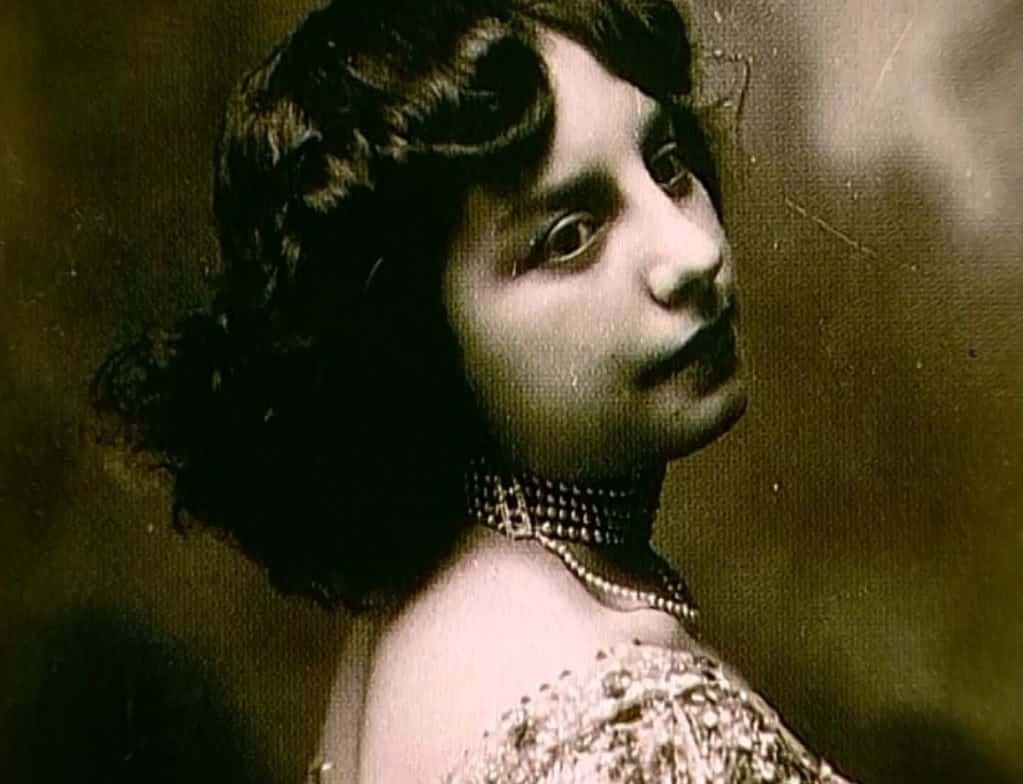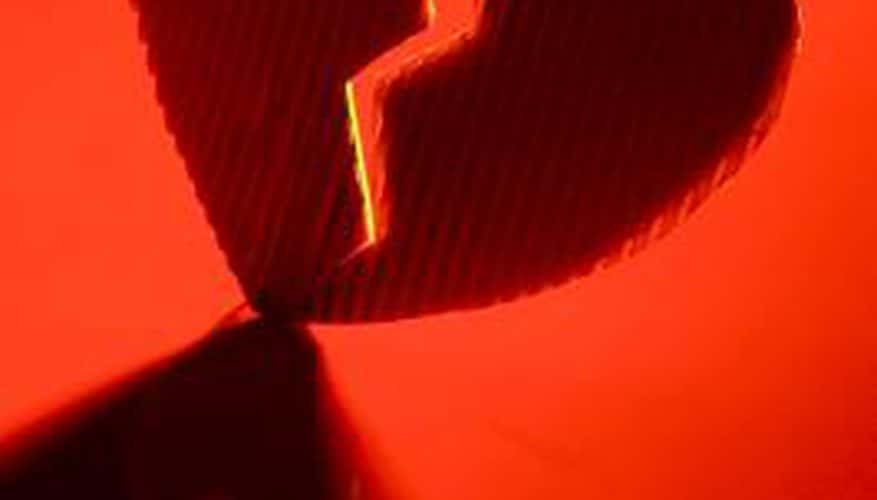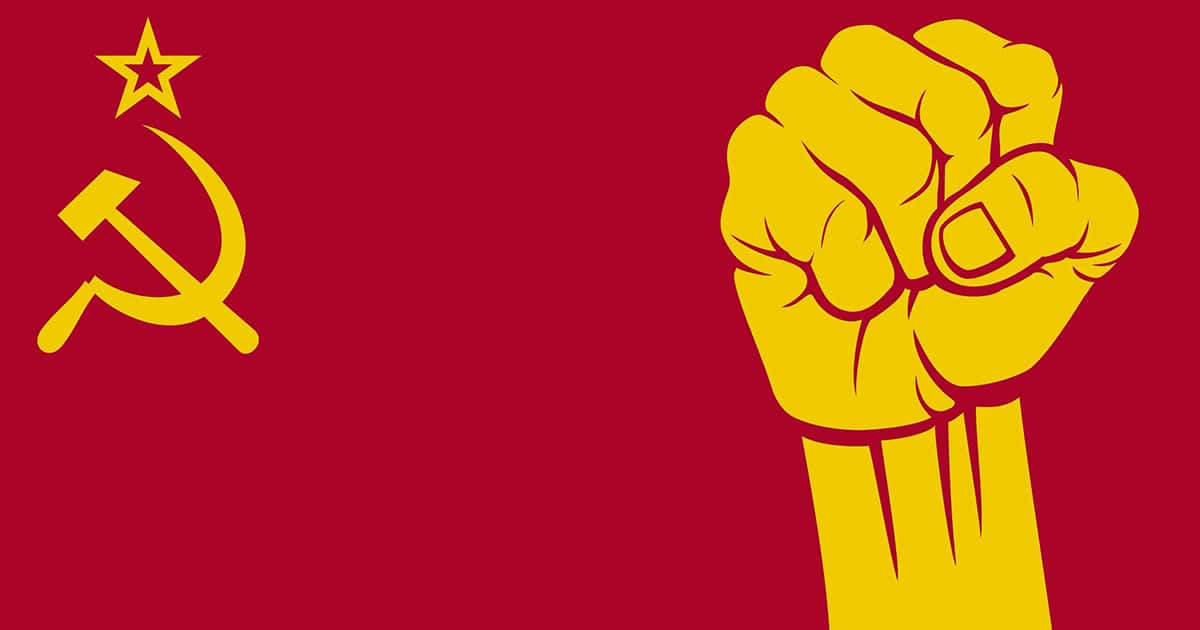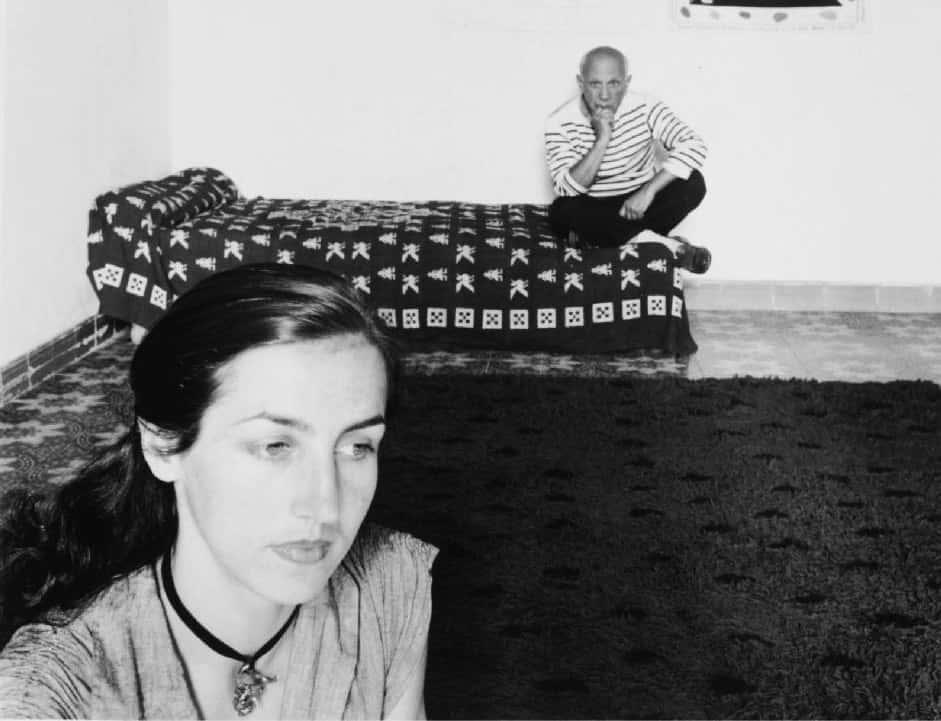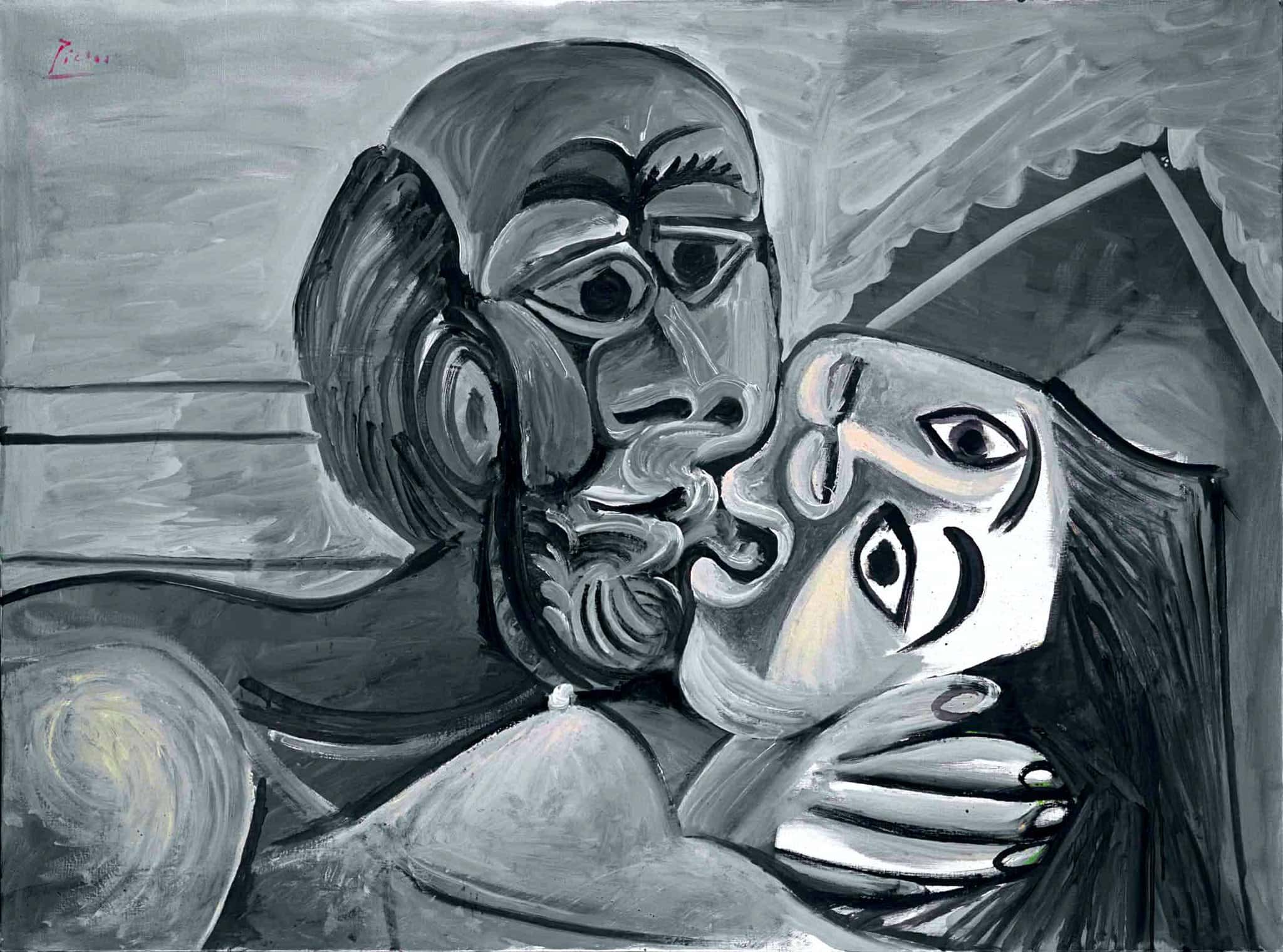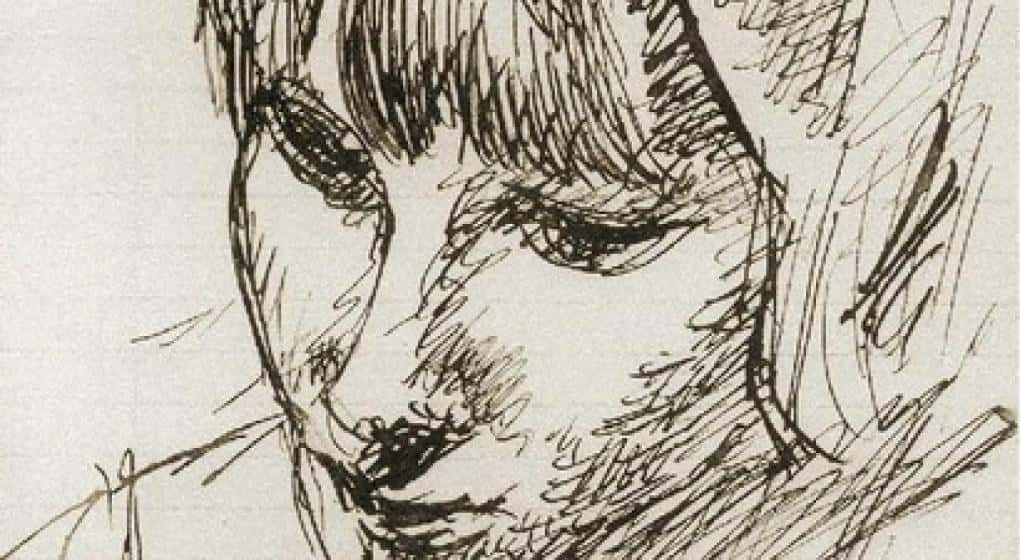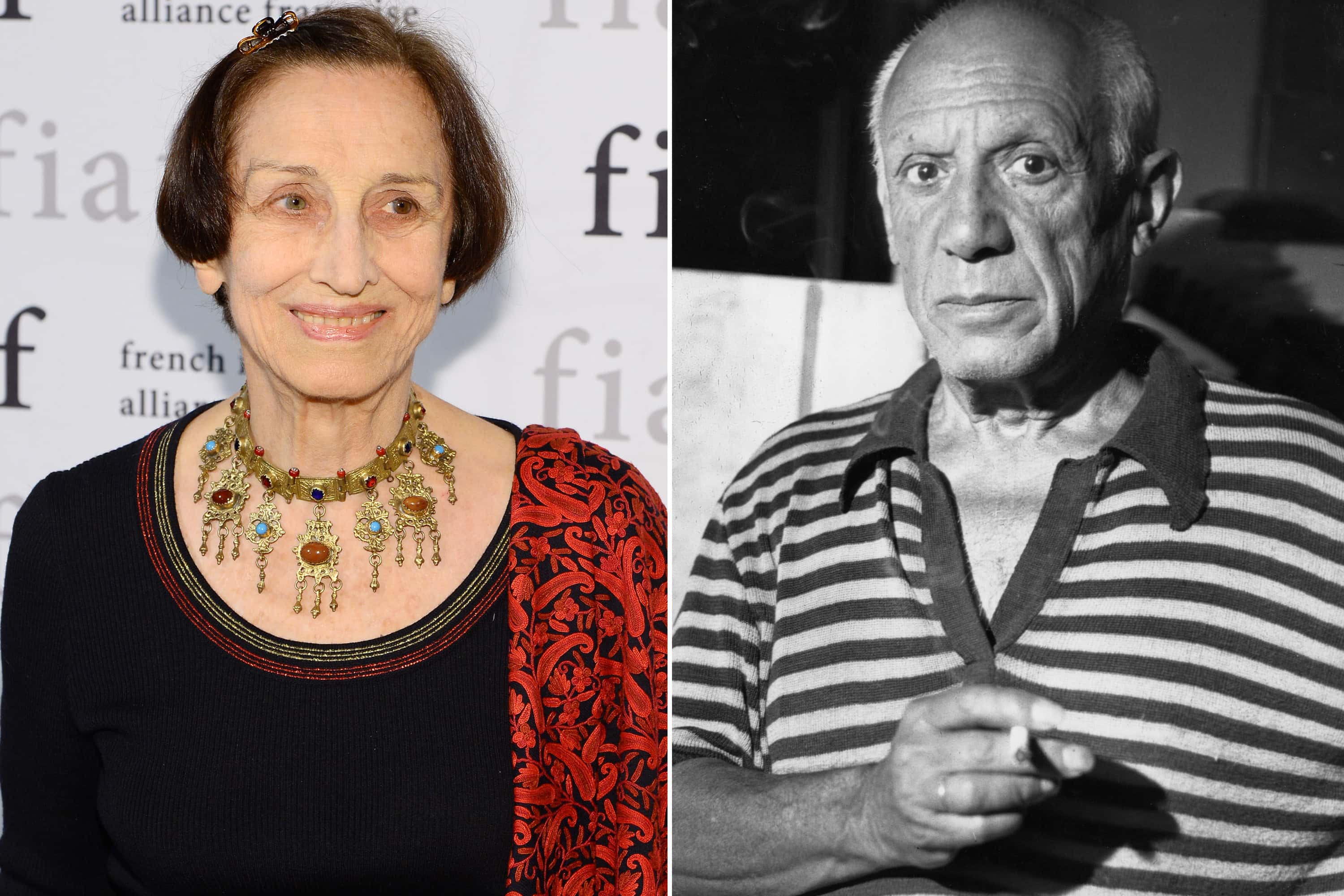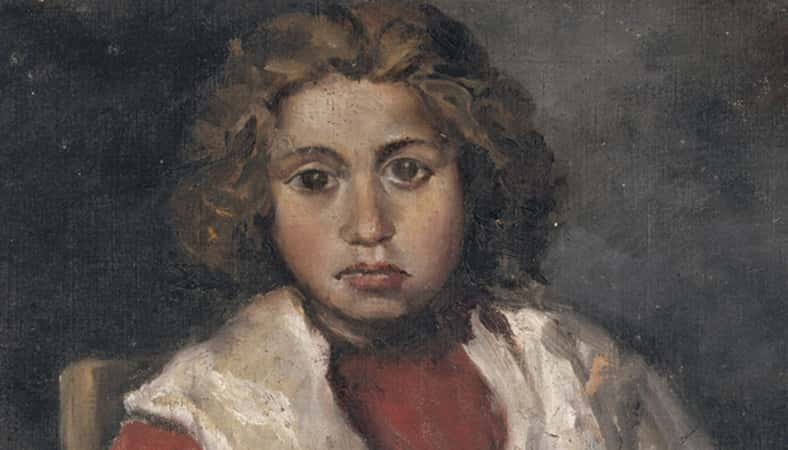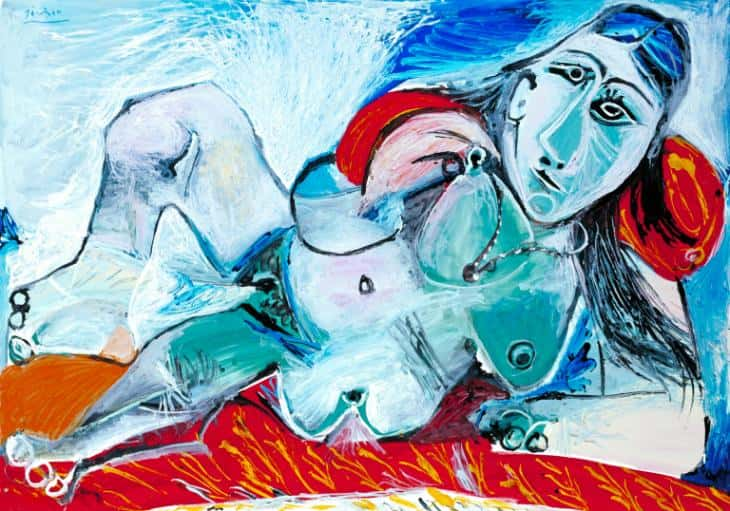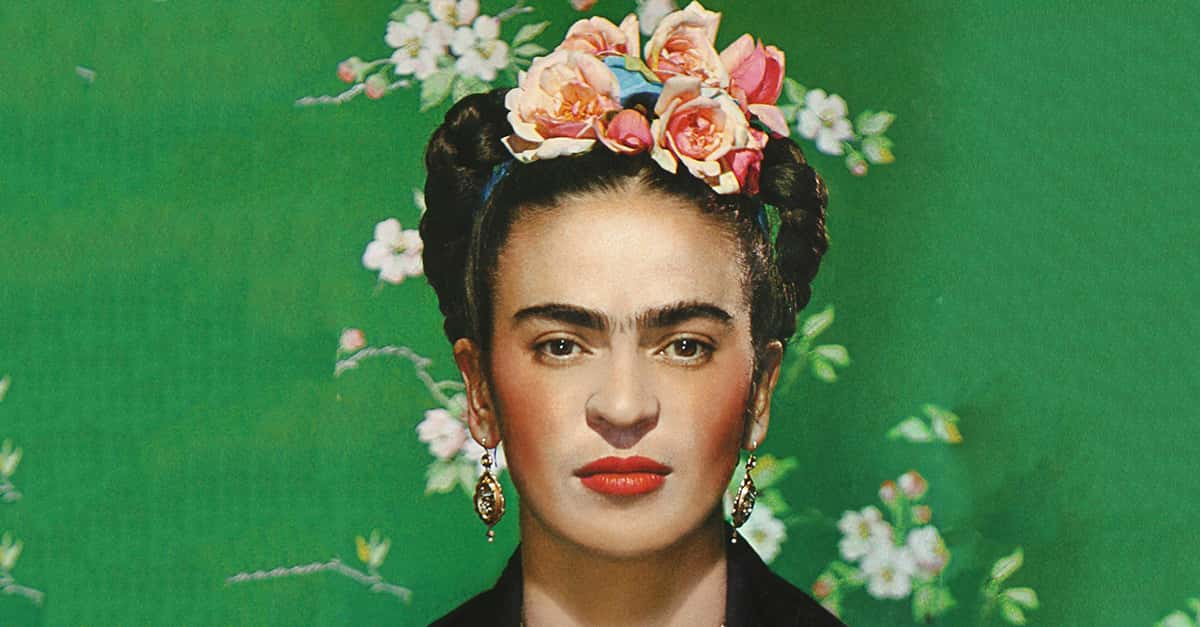“Good artists copy, great artists steal."
"My mother said to me, ‘If you are a soldier, you will become a general. If you are a monk, you will become the Pope.’ Instead, I was a painter, and became Picasso."
His name is synonymous with the world of art like few other people before or after him. Whether it was paint, clay, or even poetry, Picasso was an artist first and foremost. His many interesting styles have frequently made him a figure of great admiration, but also of parody. But who was thmanin behind the art? What kind of influence did his work have? We all know him, but how much do we really know about him? Find out more about Picasso with these assembled facts about his much-storied life.
43. Foreshadowing
Picasso was born in the city of Malaga, Spain, in 1881 to José Ruiz y Blasco and María Picasso y López. His father was a painter and art professor, and it seems as though he passed that talent along to his son. According to his mother, his first word was “piz,” which is Spanish for pencil.
42. Busy Schedule
Picasso’s art career lasted a whopping 78 years, and he sure kept busy in that time. Over his lifetime, he created over 147,800 works of art! These included “over 13,500 paintings or designs, 100,000 prints or engravings, 34,000 book illustrations, and 300 sculptures or ceramics.” I don't even think "prolific" is enough to describe him.
41. Till Death
As an example of Picasso’s cruelty, he continued to have numerous affairs while being married to Olga Khokhlova, his former muse and the mother of his son, Paulo. Although they were separated, Picasso refused to divorce Khokhlova, since it would mean giving her half of his wealth (which, let’s be honest, he could have parted with and still remained extremely rich). Miserable and unable to divorce herself from Picasso, Khokhlova died of cancer in 1955.
40. We Asked for Your Name, Not an Essay!
The ironic thing about a man who’s often known for just one of his names, Picasso actually had a grand total of 23 names! His full name was Pablo Diego José Francisco de Paula Nepomuceno María de los Remedios Cipriano de la Santísima Trinidad Martyr Patricio Clito Ruíz y Picasso. If you’re wondering, he got his names from saints and members of his family.
 mentortijd.nl
mentortijd.nl
39. The First of Many
The first painting which Picasso ever completed was called "Le Picador." The painting featured a man taking part in a bullfight on horseback. Very impressive, especially since Picasso was only nine when he finished the painting!
38. Interpret Me!
Such was Picasso’s talent as an artist, even from an early age, that he was able to draw before he could speak. We can just imagine him expressing himself in artwork and his parents debating over what he’s trying to say!
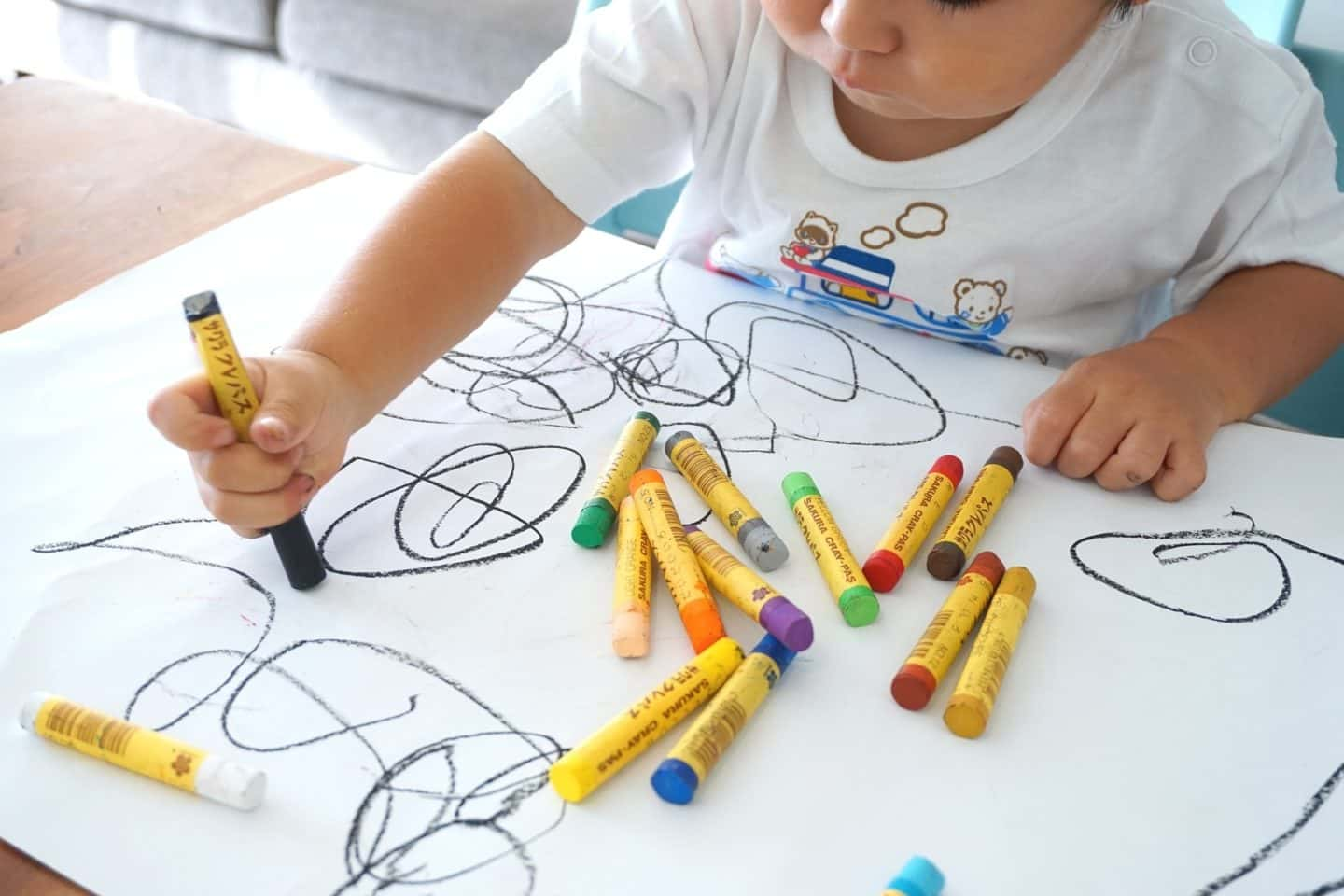 Toledo Lucas County Public Library
Toledo Lucas County Public Library
37. Rival in the Making
Like Picasso, his father was a painter and artist. Although his father supported his son’s artwork and rented out a small room to serve as his studio, he would also check up on Picasso’s work and judge it harshly. Father and son clashed frequently over their different styles.
36. A True Bohemian
In 1900, when Picasso was 18 or 19, he made his first trip to Paris, where he met his lifelong friend Max Jacob. The two of them lived together while Jacob helped Picasso learn French. The two men fell into a routine where Picasso stayed up all night working on his art while Jacob worked during the day. However, most of Picasso’s work from this time period ended up burned by him and his friend in order to keep warm while they lived in poverty.
35. Manners!
As a newborn, Picasso was very frail and weak. The midwife initially thought that he was dead, laying him on the table. He allegedly showed signs of life when his uncle blew cigar smoke in his face to elicit a response. To be fair, we’d all start screaming if someone blew cigar smoke in our faces.

History's most fascinating stories and darkest secrets, delivered to your inbox daily.
34. Mid-Life Crisis?
In 1935, after presumably growing tired of just being a famous painter and sculptor, a 53-year-old Picasso began writing poetry. The poems he wrote are almost all untitled and are bereft of punctuation. The subject matter of his poetry also tended to be sexual or even scatological in nature. Hey, when you're Pablo Picasso, you can do what you want.
33. Will You Be Paying with Credit Card?
When Picasso's painting "Women of Algiers" was sold for $179.3 million on May 11, 2015, it became the most expensive painting ever purchased. However, this record was eclipsed in 2017, when a painting by Leonardo da Vinci, "Salvator Mundi," sold for an unbelievable $450.3 million.
32. Who Needs to Prepare for Death?
When Picasso died, he did not have a completed will. This meant that his estate taxes to the French state had to be paid out through his artwork. These paintings formed the immense collection which is still found in the Musée Picasso in Paris to this day.
31. I’ll Paint the Blues for You
Picasso’s Blue Period lasted for three years, from 1901 to 1904. His paintings from this period were depressing in nature, often depicted in shades of blue and green. Not only was it inspired by the early death of his sister, but also the suicide of his friend, Carlos Casegemas.
30. Ladies’ Man??
Picasso was well-known for his multiple marriages, and the many affairs he had outside of said marriages. He reportedly insisted that his sexual partners be submissive and shorter than himself (keep in mind that he was only 5'4", so that narrows things down a bit).
29. Out of Africa
From 1907 to 1909, Picasso’s art style was greatly influenced by African artifacts which he found the Palais du Trocadero's ethnographic museum. This has since been known as his African Period and it produced one of his most famous paintings: "Les Demoiselles d’Avignon."
28. Too Much for Joe Public
It’s safe to say that "Les Demoiselles d’Avignon" was a controversial work of art when it was released, even for Picasso. Though it can be hard to imagine in today's world, when he initially completed it in 1907 it inspired such outrage and negative response among his own circle of friends that he did not publicly exhibit the painting until 1916. The reasons for why it was so controversial are impossible to summarize in one small point (maybe one day we’ll do an article on it), but let's just say that the art world of the early 20th century was simply not prepared for such as shocking work.
27. Spirit of Vanity and Lust?
While Picasso frequently painted women, he was less interested in painting men. Most of his paintings of the male body are self-portraits. Some speculation is that for Picasso, sex and art were linked, which would explain a lot, to be fair.
26. And We Danced
Near the end of the First World War, in the middle of his Cubism period, Picasso began working with the Ballets Russes, a ballet company under the direction of Sergei Diaghilev. It was there that Picasso met ballerina Olga Khokhlova, whom he would marry in the summer of 1918.
25. You’ve Got a Friend in Me
According to Picasso himself, the only woman whom he considered to be his friend was the American art collector and literary legend Gertrude Stein. While living in Paris, Stein frequently exhibited Picasso’s work, becoming his primary patron. Picasso painted portraits of both Stein and her nephew, Allan.
24. Early Romance
Despite being a model and an artist in her own right, Fernande Olivier became known mainly for her relationship with a young Picasso as he was on the cusp of fame and fortune in the 1900s. Meeting in 1904, Picasso and Olivier were living together by 1905, despite Olivier still being married (she had left her husband without ever getting a formal divorce and had changed her name to avoid him). Olivier would become Picasso’s muse during his Rose Period.
23. Good Times
In contrast to his Blue Period, Picasso’s Rose Period from 1904-1906 was characterized by a light tone featuring hues of pinks and oranges. Circus themes were prevalent in his paintings from that time period, especially the comedic, multi-colored figure of the Harlequin, which appeared frequently in his works.
22. I’m a Love, Not a Fighter
Despite any political beliefs he may have held throughout his life, Picasso never took up active military duty in either the First World War, the Spanish Civil War, or the Second World War. Even though he lived in France, he was never induced to serve in the military since he was still a Spanish citizen.
 Pinterest
Pinterest
21. Bang Bang
Picasso would reportedly carry a pistol with him. It was loaded with blanks, and he would fire them at people who were boring or irritating him! At some point, the term “eccentric artist” stops being an acceptable term to use!

20. So Much for Romance
Fernande Olivier’s relationship with Picasso ended as Picasso’s success took off on a grand scale. He left her in 1912, without any obligation to support her since she had never been married to him. Living in poverty, Olivier found a financial opportunity to write about her relationship with the famous Picasso, but her writing was suppressed by his lawyers. In 1956, an elderly Olivier managed to gain a small pension from Picasso as long as she never wrote about their life together again as long as either one of them still lived. Olivier proved true to her word; her memoirs weren’t published in full until they’d both passed away.
19. Divisions Within the Left
Picasso famously joined the French Communist Party in 1944, just as the Nazis lost control of Paris to the Allies. As you can imagine, this was a very polarizing decision. André Breton, once his close friend, refused to even shake his hand in disgust of his joining the Communist Party, due to Breton’s support for Leon Trotsky (whom Joseph Stalin had driven out of the Soviet Union and who was later murdered on Stalin’s orders).
18. Solidarity Forever?
Interestingly, despite remaining a member until his death around thirty years later, Picasso himself seemed to have a mixed view of the Communist Party. One quote which has been attached to Picasso on the subject of the party reads as follows: “I have joined a family, and like all families, it is full of s***.”
17. Coldly Replaced
During the Second World War, a 61-year-old Picasso began an affair with the 21-year-old Francoise Gilot after first seeing her in a restaurant. This was, of course, after he discarded his brokenhearted previous mistress, Dora Maar.
16. Having Second Thoughts
Things weren’t all sunshine and flowers for Francoise Gilot during her ten-year relationship with Picasso. His estranged wife, Olga Khokhlova, allegedly harassed her when they saw each other in the streets of Paris. Picasso himself also physically abused her and cheated on her several times, despite the fact that she bore him two children and inspired his artwork.
15. Self-Aware Creep?
During his elderly years, Picasso continued to pursue relationships with women, despite the ever-widening age gap between him and them. As with many other aspects of Picasso’s life, this was reflected in his artwork of the time. While recurring themes had previously been a Harlequin or the Minotaur, they were replaced during this time with “an old, grotesque dwarf as the doting lover of a beautiful young model.” We’re not sure what kind of life crisis that is.
14. War! What is it Good For?
Arguably the most famous works by Picasso which was labeled as Communist was the 1951 expressionist painting Massacre in Korea. Deeply opposed to American involvement in the Korean War, Picasso made a display which was partly inspired by “reports of American atrocities.”
13. Sounds Like a 90s Disney Film Cast
Picasso loved pets, and he owned a variety of them throughout his lifetime. Aside from the usual plethora of cats and dogs, Picasso also owned a turtle and a monkey.
12. Art as Protest
One of Picasso’s most famous works of art is his 1937 masterpiece "Guernica." It is an oil painting which Picasso made in response to the horrific bombing of the Spanish town of Guernica by Fascist forces (supported by Nazi Germany and Fascist Italy) during the Spanish Civil War. Through its palette of black, white, and grey, the painting depicts the heartbreaking suffering of people and animals caught up in chaos. Due to the Fascist regime of Franco in Spain, Picasso made it clear that he would not allow Guernica to visit Spain until they changed their government. He ultimately died before Franco did, and the painting was prevented from visiting Spain until 1981.
11. Oh Snap!
When the Germans occupied Paris during the Second World War, Picasso remained in the city. On one occasion, he was approached by a Nazi officer who had seen a picture of "Guernica" and he asked Picasso if he’d done that. Allegedly, Picasso replied, “No, you did.”
10. Jealous Lover
While Picasso was putting together "Guernica," the process was documented through the photography of Dora Maar. Maar was a French photographer and painter who had a relationship with Picasso for nearly nine years. She also served as his muse, often depicted in his artwork while weeping. This, sadly, was reflected in real life, as Picasso not only abused her physically but forced her to paint only in his Cubist style. After she finally left him, she was finally free to explore different styles of painting (though her work didn’t become known or acclaimed until after her death).
9. Giving Something Back to Spain
After the victory of Franco’s forces in the Spanish Civil War, Picasso sent his masterpiece "Guernica" to the United States in order to raise money from the exhibitions to provide financial aid to Spanish refugees.
8. God is Dead, and So is Conchita
Although Picasso was baptized and raised a Catholic, he eventually lost his faith and became an atheist. The tragic death of his sister had left him with a great deal of conflicting feelings towards religion. Naturally, this conflict would be reflected in his artwork.
7. Someone Call Han Solo!
During the German occupation of France, Picasso stopped exhibiting his work, as it did not meet the Nazi-approved styles of art. Not only that, they forbade bronze casting within the city of Paris. In defiance of the Nazis, Picasso continued working with bronze in his studio. He even acquired bronze that was smuggled to him by the French Resistance!
6. So it Ends
On April 8, 1973, a 91-year-old Picasso was entertaining friends in Mougins. Picasso’s last words were said to have been “Drink to me, drink to my health. You know I can’t drink anymore.” He died of heart failure and pulmonary edema.
5. This Isn’t Working Out
Picasso’s relationship with Fernande Olivier was notoriously stormy, even leading to violence on occasion. Things became even tenser in 1907 after Olivier adopted Raymonde, a 13-year-old girl she found in an orphanage in Paris. This arrangement lasted until Olivier discovered Picasso's “explicit drawings” of Raymonde, after which she promptly sent the girl back to the orphanage.
4. Thanks for Nothing, Pablo
Of all the women whom Picasso had begun affairs with and later discarded, Francoise Gilot would ultimately become the only woman in his life to leave him first. Like any abusive partner, he reacted with hostility and spite, using his vast influence to undermine and suppress Gilot’s own artistic career. When she published a book about her life with him, he took it out on their children, refusing to see them again. They were even blocked from attending his funeral by his widow, whom he had married partly out of spite towards Gilot.
3. Beloved Sister
One of the most traumatizing moments of Picasso’s life was the death of his sister, Conchita, in 1895. Conchita fell victim to diphtheria at the age of seven, devastating Picasso and partly inspiring what later became known as his Blue Period.
2. I Asked for a New Bike…
When Picasso was around 14 years old, his father took him to a brothel so he could lose his virginity. They would continue these trips together, which we can imagine played a profound role in his art, not to mention his future womanizing.
1. No One Suffers Like the Artist’s Relatives
According to Picasso’s granddaughter, Marina, her grandfather was a very difficult man to know, as he frequently pushed those closest to him “to despair and engulfed them.” Given that one mistress, one wife, one son, and one grandson all ended up taking their own lives, while two other important women in his life “went mad,” Marina’s claim has a sinister merit behind it.
 YouTube
YouTube

